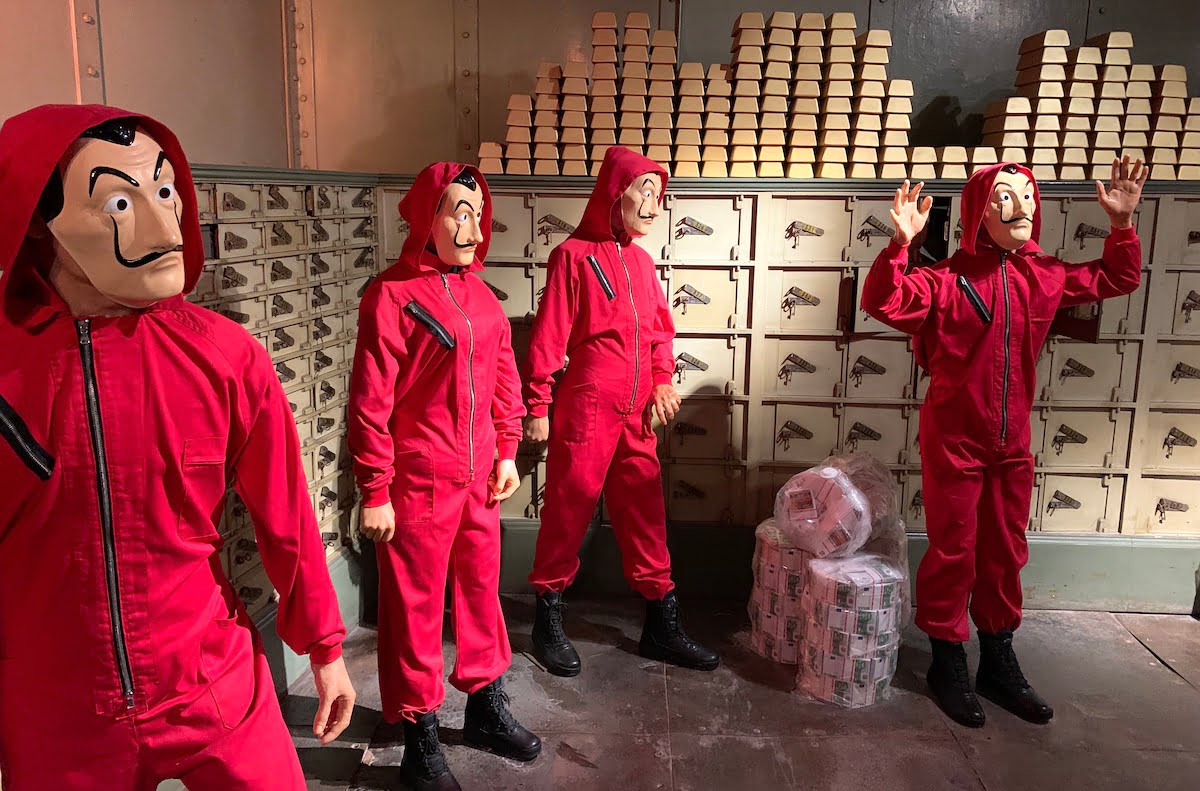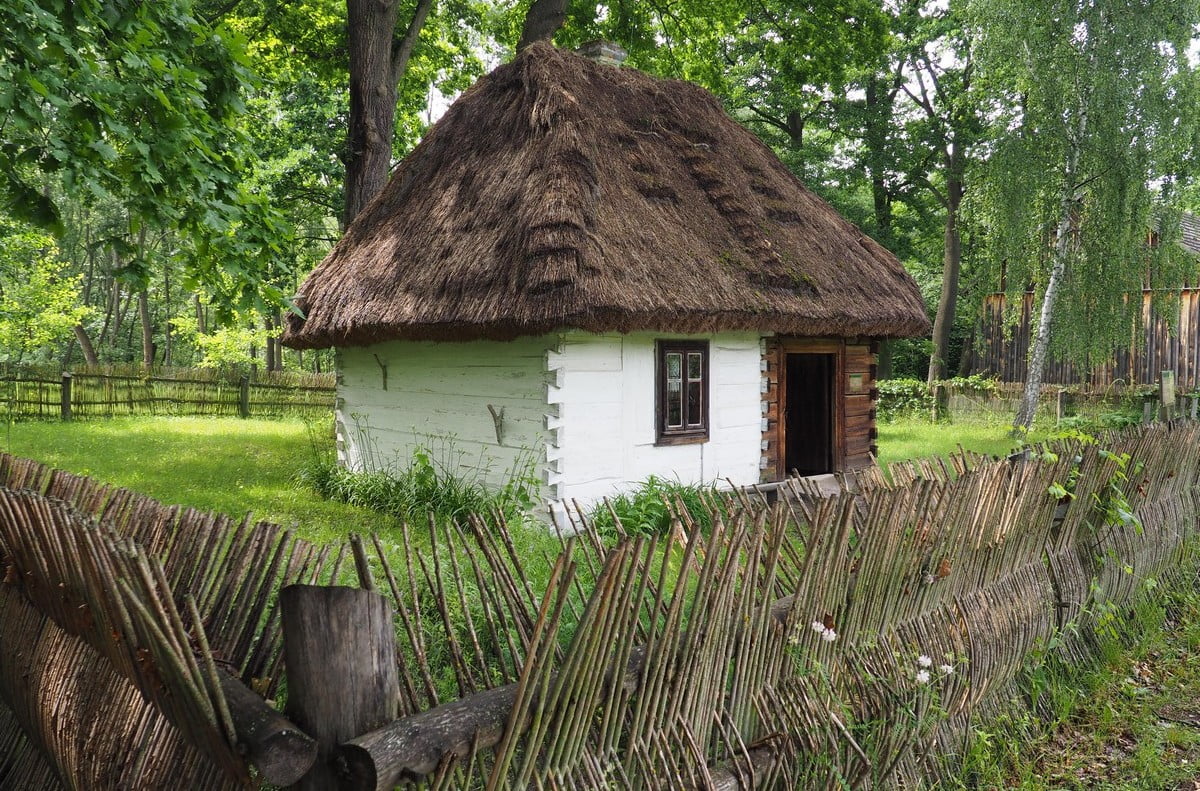Share This Article
Ostrava is a city with a mining past, and Landek Park, located on its outskirts, is the place to learn more about it-both in theory and in practice. This mining open-air museum offers insights into the daily work of miners, the equipment they used, as well as mine rescue operations and the machinery that operated underground.
Interestingly, in 1953, the remarkable Venus of Petřkovice sculpture was discovered in the area. The figurine, dated to around 23,000 BCE, was found on Landek Hill by archaeologist Bohuslav Klíma.
Location and Access
Landek Park is located in Ostrava, Czech Republic, about 7 kilometers from the city center. If you’re coming from Poland via the D1 motorway, take exit 361—just five minutes later, you’ll arrive. The motorway is toll-free from the border to this point and doesn’t require a vignette.
There is a designated parking area at Landek Park, and it’s best to leave your car there and continue on foot. The site features several fascinating buildings from the mining era, and along the way you’ll also pass an outdoor exhibition, which we’ll cover in a moment. From the parking lot to the exhibition entrance, it’s just under a 500-meter walk.
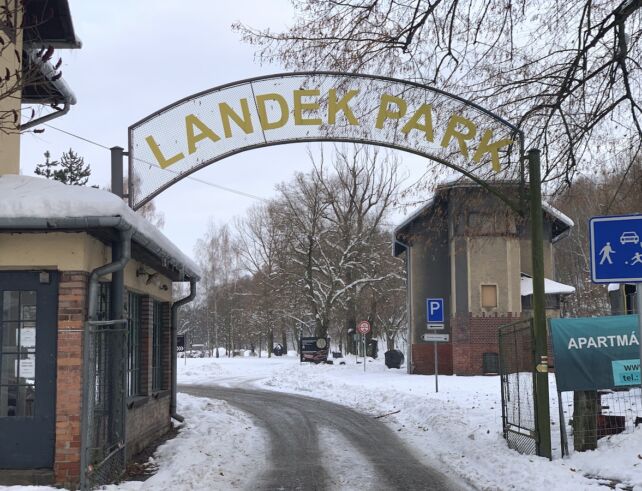
Landek Park – Tickets and Opening Hours
If you’re planning a visit to Landek Park, set aside around 3 hours. That should give you enough time to explore all the exhibitions and enjoy a walk around the park grounds – the site of the former Anselm mine. But Landek Park is more than just a Mining Museum; it also covers a large area where you’ll find spaces for relaxation, sports, and even camping.
The park is open Tuesday to Sunday from 10:00 AM to 6:00 PM (during peak season, it also opens on Mondays and starts an hour earlier, at 9:00 AM). You can always check the current opening status on the museum’s official website.
There are two guided tour routes available:
- Route A includes both the mining exhibition and the mine rescue section. Tickets for this route cost:
- 220 CZK for adults
- 150 CZK for discounted entry
- 570 CZK for a family ticket
- 105 CZK per student in school groups
- Route B covers only the mine rescue exhibition. Ticket prices are:
- 120 CZK for adults
- 80 CZK for discounted entry
- 350 CZK for a family ticket
- 80 CZK per student in school groups
In the high season, you can also enjoy a ride on the mining surface train. The ticket for this attraction is 45 CZK.
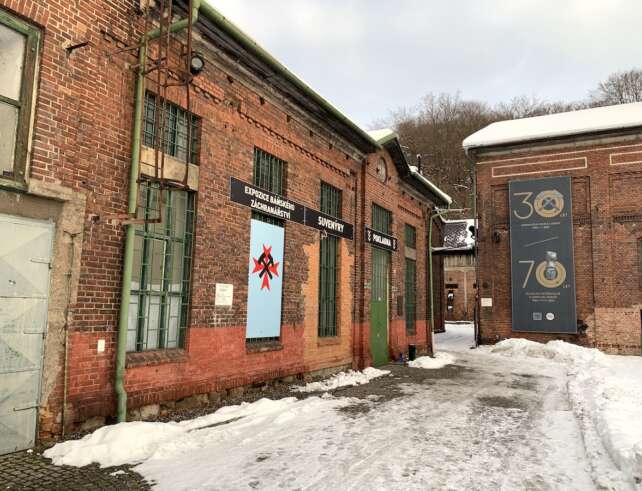
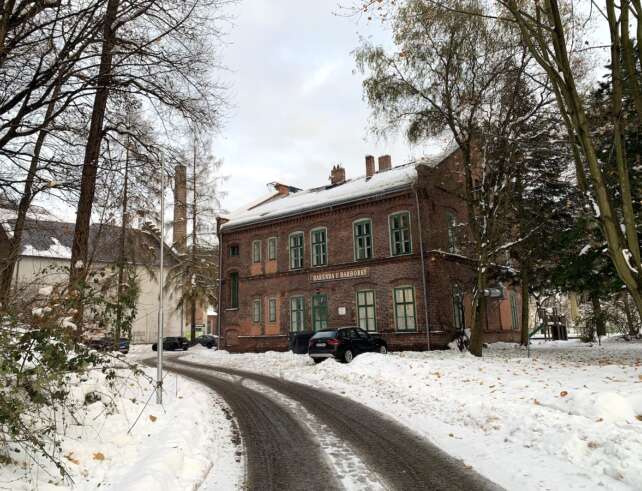
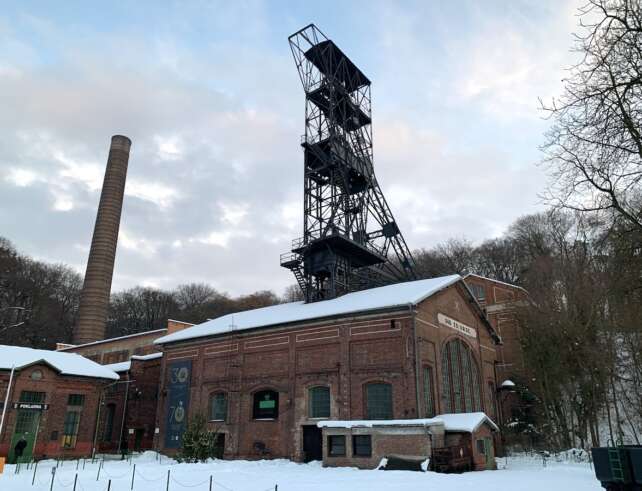
Mining Exhibition
The Mining Museum at Landek Park is the largest institution of its kind in the entire Czech Republic. It was established on the grounds of Ostrava’s oldest mining shaft – Anselm. Opened 25 years ago, it offers visitors 250 meters of underground tunnels that showcase the work of miners in the region. Mining at this site was carried out from 1789 until 1991.
Visitors descend underground in an original mining cage lift. You might be slightly disappointed to learn that the descent doesn’t take you hundreds of meters below the surface into the old shafts—instead, you only go just beneath the ground. However, a meter in the elevator simulates the journey deep underground, which adds a nice immersive touch.
The tunnels you walk through are partly arranged for educational purposes, but in many sections, you really feel like you’re in a genuine mine. Along the way, you’ll see many displays illustrating the construction of shafts, the extraction of coal, and information about coal deposits both in the mine itself and the surrounding region.
During my visit, our guide was a man who had spent over 20 years working underground! He was also the miner who transported the last cart of coal from the last operational mine in Ostrava. He had a wealth of knowledge, which he enthusiastically shared. Although he spoke Czech, he managed to mix in quite a few Polish words. He talked about many aspects of miners’ work, including tests they had to take while working underground—some involving substances used to neutralize methane, which are considered among the most foul-smelling in the world. And of course, the tour wouldn’t be complete without a miner’s joke at the end:
“What happens to a miner after he dies? 2–3 days off… and then back underground!”
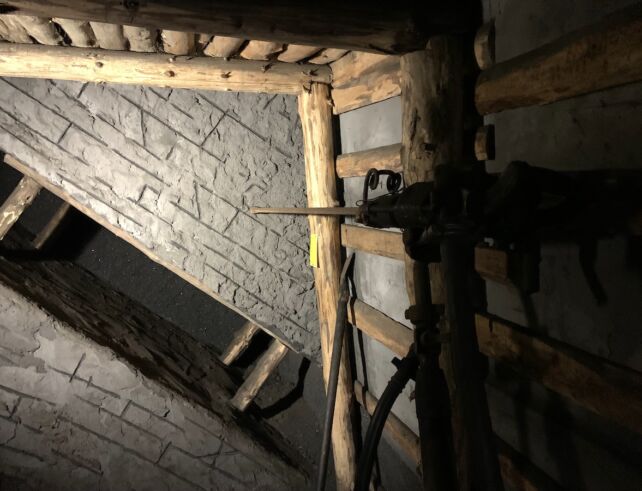
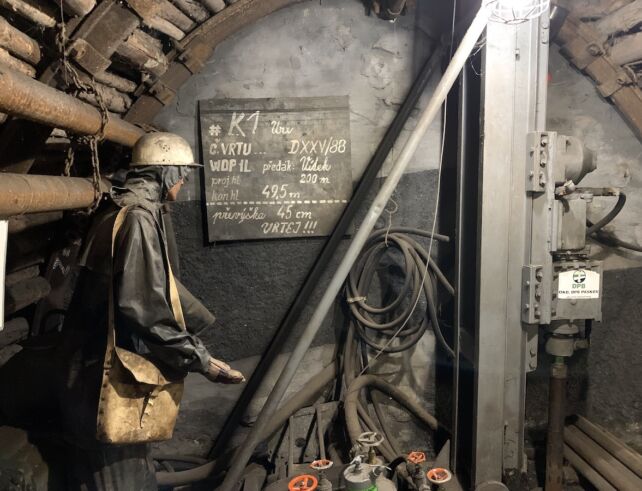
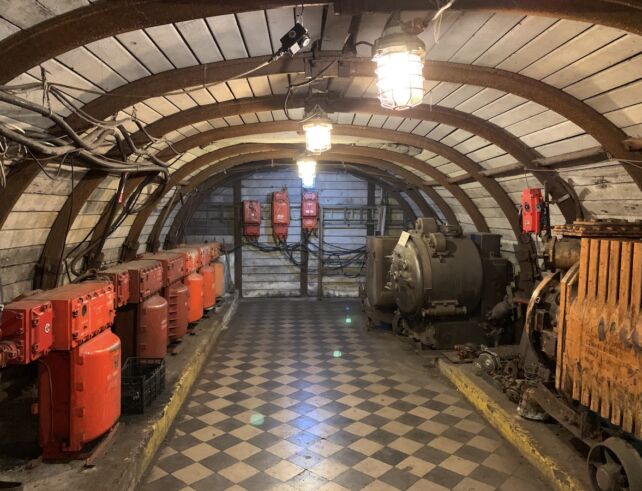
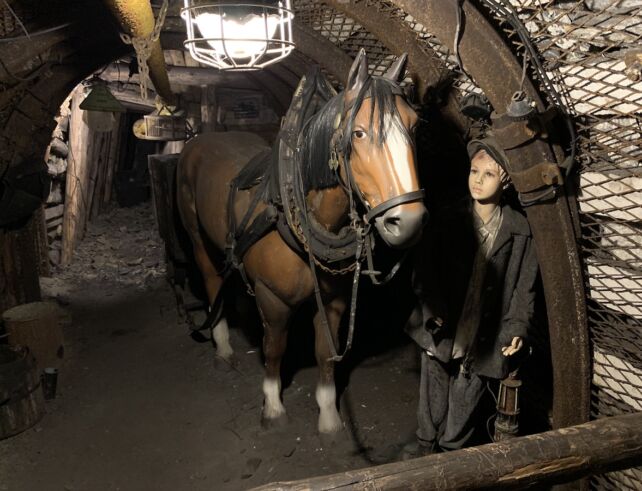
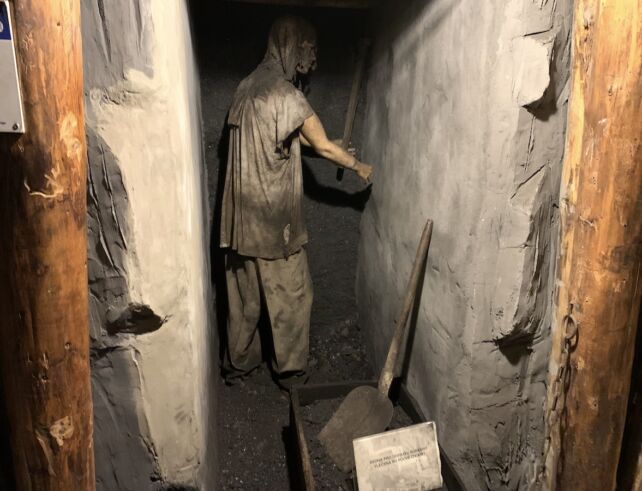
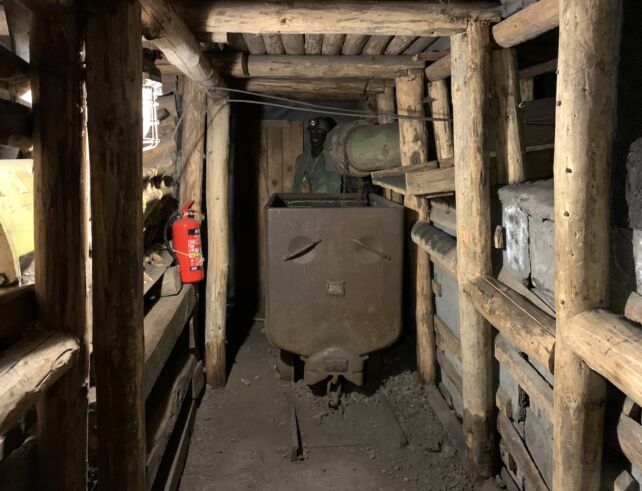
Mine Rescue Exhibition
In the same building where the Landek Park ticket office is located, you’ll find an exhibition dedicated to Mine Rescue Services. Our guide began with a sentence that perfectly sums up the work of mine rescuers:
“They go where everyone else wants to get out.”
The tour starts in a room where the names of mine rescuers who died in action are displayed on the wall. There, you’ll also find historical information about this unique and essential service. In the following rooms, you’ll encounter a large collection of equipment. You’ll learn about climbing and diving gear, as well as highly specialized devices used specifically during underground rescue operations.
A significant part of the exhibition is devoted to breathing apparatus. There’s an entire collection ranging from primitive models to modern, advanced equipment. These devices allowed rescuers to breathe even in the most extreme conditions.
One of the highlights of the exhibition is a replica training chamber, where mine rescuers practice their skills. High temperatures, smoke, limited visibility, and narrow tunnels make it a perfect training ground. It’s worth noting that rescuers completed these courses fully geared up, carrying all their life-saving equipment.
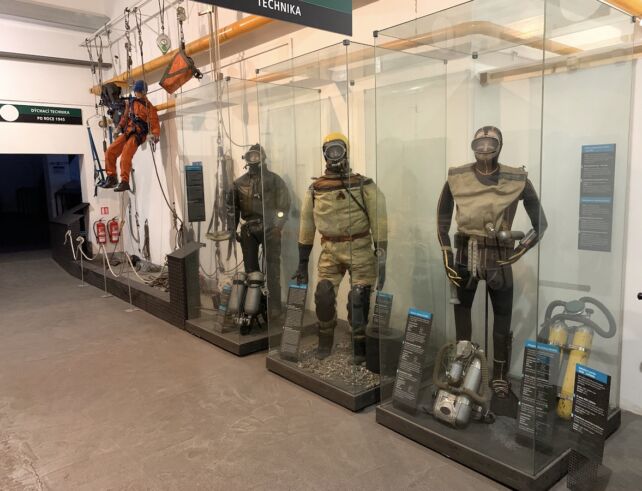
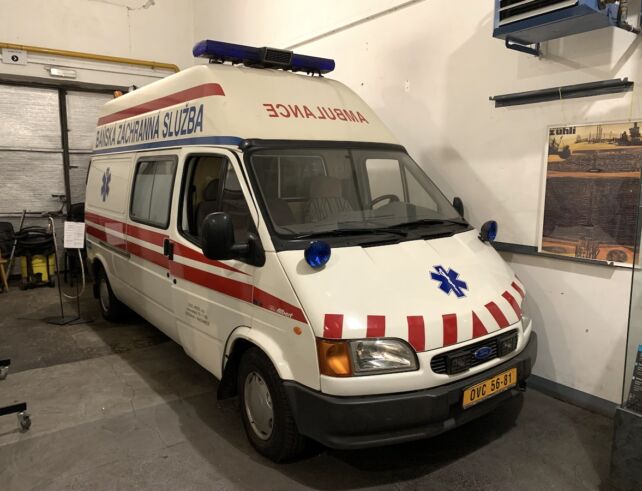
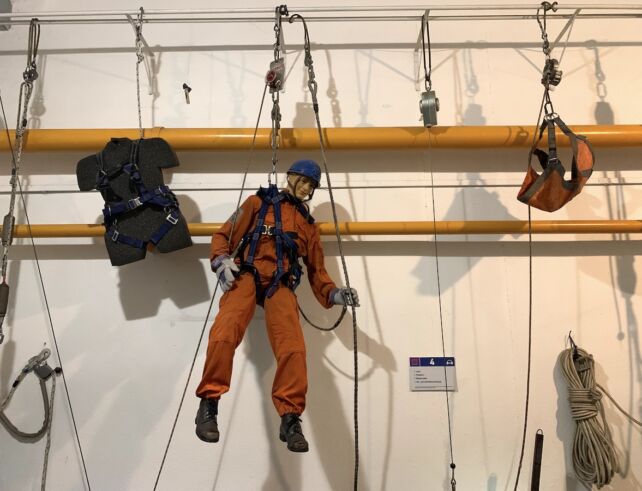
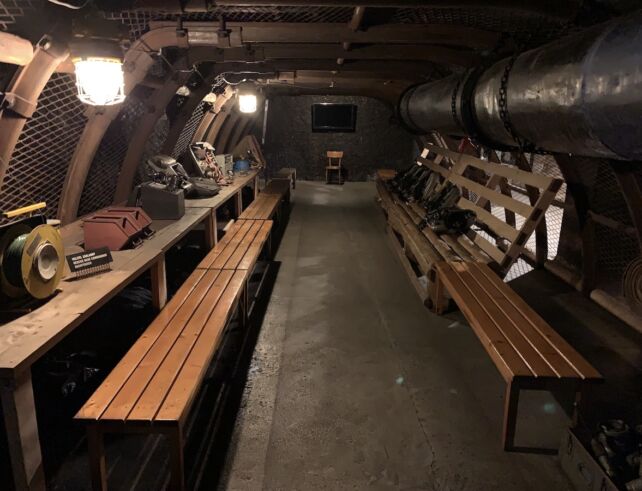
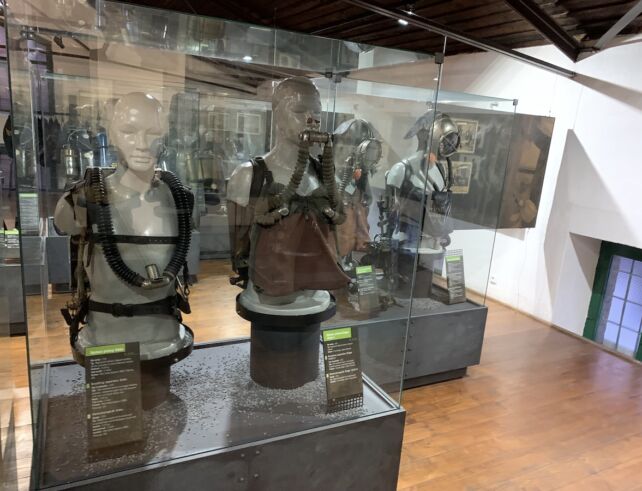
Outdoor Exhibition
On the grounds of Landek Park, you’ll find a wide variety of fascinating machines. Massive tunnel boring shields await, along with other equipment once used in the mines. One particularly interesting exhibit is a suspended rail transport system designed to carry miners underground.
Right near the entrance to the shaft, you’ll also see original mining train wagons, which were used for transporting people and materials. As you walk through the park, pay attention to the exhibits you pass—they’re unique and rarely seen elsewhere.
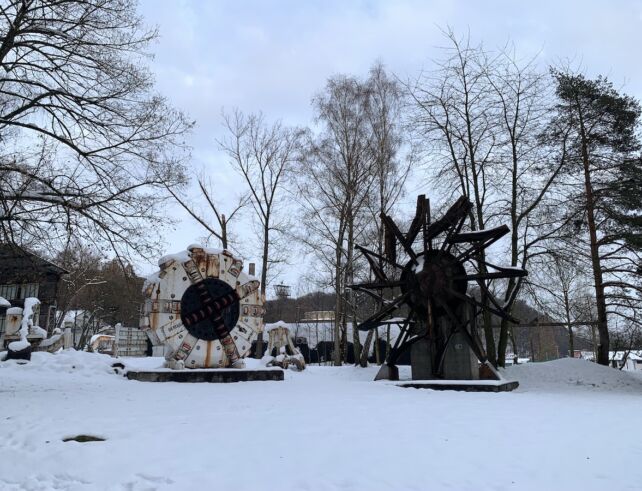
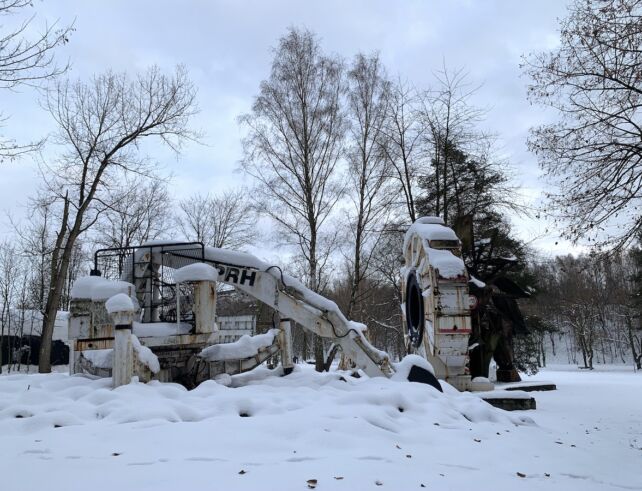
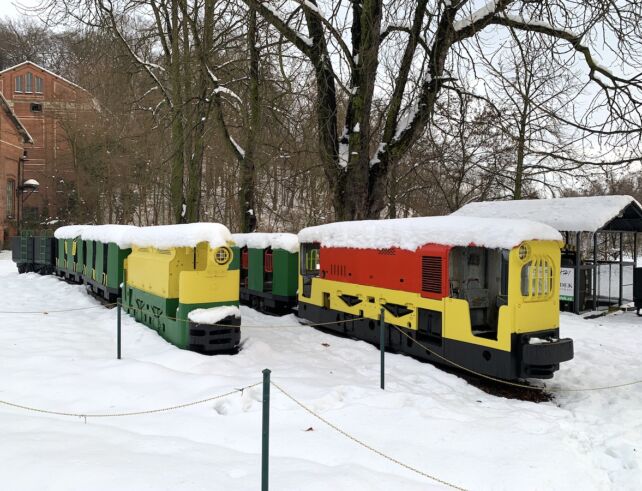
Chain Locker Room
Be sure to visit the Cechownia, also known as the chain locker room, located near the Landek Park ticket building. This is the original locker room where miners used to leave their work clothes. Each miner had an assigned chain system that allowed them to lower or raise their hanger from the ceiling.
Thanks to this technique, a lot of space was saved, and the clothes hanging near the ceiling dried more quickly. This solution is still used in many mines today. In addition to its practical purpose, the locker room also served as a cultural and social space where miners could meet and interact.
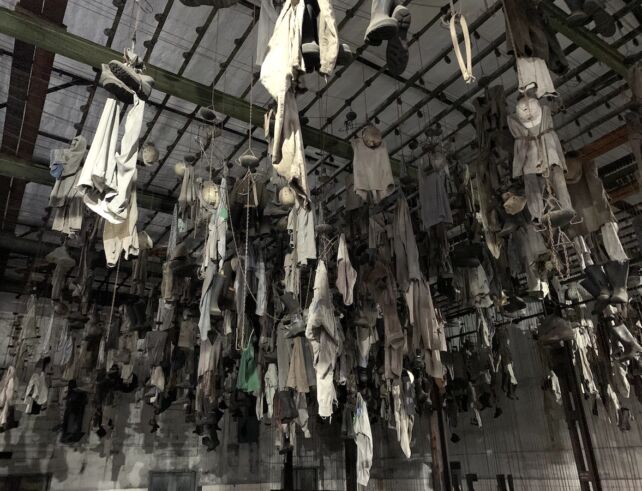
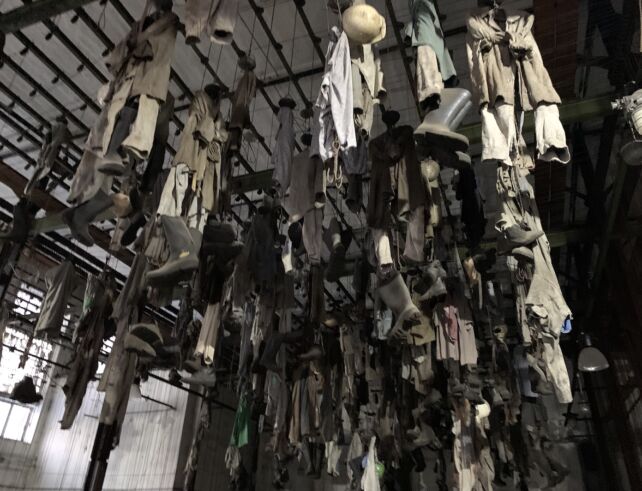
What’s Nearby?
Ostrava is an interesting industrial city located very close to the border. Although it’s not usually the first choice for tourists-who tend to prefer Prague, Brno, or Olomouc-it’s definitely worth a visit. It’s a great destination for a weekend trip, and when you add the surrounding area into the mix, the number of sightseeing ideas quickly increases. If you’re looking for travel inspiration, the article Ostrava for a Weekend will surely help!
The Czech-Polish border region is also full of interesting places. If you need more ideas, visit the Radegast Brewery, the Tatra Museum, or the atmospheric town of Štramberk. Another fascinating site related to mining is Karviná—home to the last operating coal mines in the region. There, you’ll also find the famous leaning church, which sank several meters due to land subsidence caused by mining activity.
Is It Worth Visiting?
Landek Park and its facilities are definitely worth a visit. It’s a place children will enjoy, as they can learn all about underground work, but adults will also appreciate gaining insight into the world of mining. It’s a site full of history that highlights a topic important to the city and region. If you’re in the area-don’t miss it!



